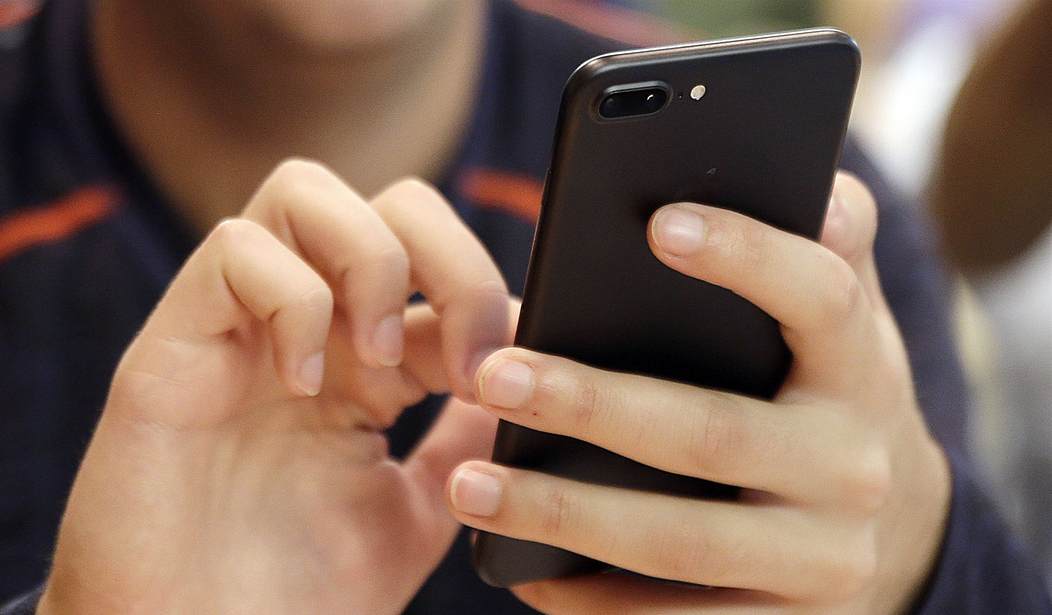This NY Times story titled “Being 13” is exhausting to read. That’s not because it’s poorly written or uninteresting. On the contrary, it just feels like a window into the awkward years that everyone goes through at that age. The Times recruited a group of teenage girls who, with the permission of parents, agreed to let a reporter see what was happening both in their lives and on their phones. The amount of teen drama the story uncovered is, as one of the girls highlighted in the story might say, a lot.
After some prefatory stuff, the story goes directly to a parent’s nightmare involving Addi and an older boy she has been secretly texting. The messages had been carefully deleted but her mom Priscilla learned how to undelete them from watching a TikTok tutorial.
…she discovered a conversation Addi was having with a boy she’d met on TikTok. He told her he was 17 and lived in North Carolina. Addi was 13 and living in a quiet suburban town that nestles the shore of Lake Michigan, in the house where her dad grew up.
They’d been talking for a number of months, about ordinary stuff: school, parents, whether she’d ever cut class (she hadn’t). It was sweet. But then it became more than sweet.
Addi was mortified her mom read her messages, and even more mortified when her parents sat her down to talk about them.
Was the guy on the other end of these messages really a 17-year-old in another state? The Times doesn’t exactly nail that down. These days it could probably be anyone. Fortunately, mom caught it and deleted his contact info. Addi was grounded for six weeks. She is portrayed as sort of blissfully unaware which I suppose is normal for her age. But her mom seems pretty sharp:
With Addi now moping around the house, claiming that “everything sucks,” her mom gave her an assignment: Write a gratitude list. On actual paper.
Later we get to Anna who attends a top charter school in Colorado. This is maximum teen drama circa 2023:
Anna wasn’t even sure she knew what “fat shaming” was, or exactly when she had committed it, but apparently she had. Well, she was told she had, by a friend who had seen another friend’s Snapchat, accusing Anna of doing the shaming. But the details were all a bit hazy, because Anna didn’t even have Snapchat.
What Anna did know was that the girl who’d posted the Snap was not speaking to her. And, text messages between four girls — Anna, the two friends and another one, all calling one another names — had found their way to the school counselor, in whose office Anna was now sitting…
She isn’t allowed on social media, in part because of how the phone affects her, her mother told me. “The phone is such a love-hate,” said her mom, Erin. “Without it she can’t communicate with friends and feel connected, but it really impacts her mood.”
A counselor at Anna’s school says this is the norm, especially for girls at this age.
“It’s drama central,” a counselor at Anna’s school said, about the phone conflicts that make their way into her office.
She has seen fights escalate in group messages (“It’s scary what they say to each other on text”); feelings get hurt when photos reveal who wasn’t included in a social event. Recently, she said, a girl came into her office “shaking” with anxiety, after saying in a group chat that she was “feeling bipolar” — which caused her friends to pounce on her, calling her “insensitive” to people with mental illness.
Some of the drama is eventually resolved. Addi loses her phone because she has a D in her math class but comes up with a plan to study and retake a quiz and eventually winds up with a B.
As for Anna, she and her best friend had a blow up after too many small fights (including the one over fat shaming and Instagram). Then she got in trouble for sneaking out at night to visit her boyfriend and lost her phone for a few weeks. The boy kept sending apologetic texts that only Anna’s mom was seeing.
And that’s sort of where we dip out of these two stories. There’s a lull in the drama but it’s clear the drama will go on and the phones will always be near the center of it.
Both of the girls described above (and the third one whose story I didn’t mention) all seem to have pretty good homes with parents who are closely involved and trying to set some reasonable boundaries. I suspect that’s inevitable from the setup of this report as parents who weren’t on top of this probably wouldn’t allow their kids to participate. Still, it’s not hard to imagine how much chaos could happen in a situation where a girl this age has a phone and no one is really paying attention to what she’s doing. It’s a recipe for disaster and I think probably helps explain why so many teen girls are struggling with mental health issues these days.







